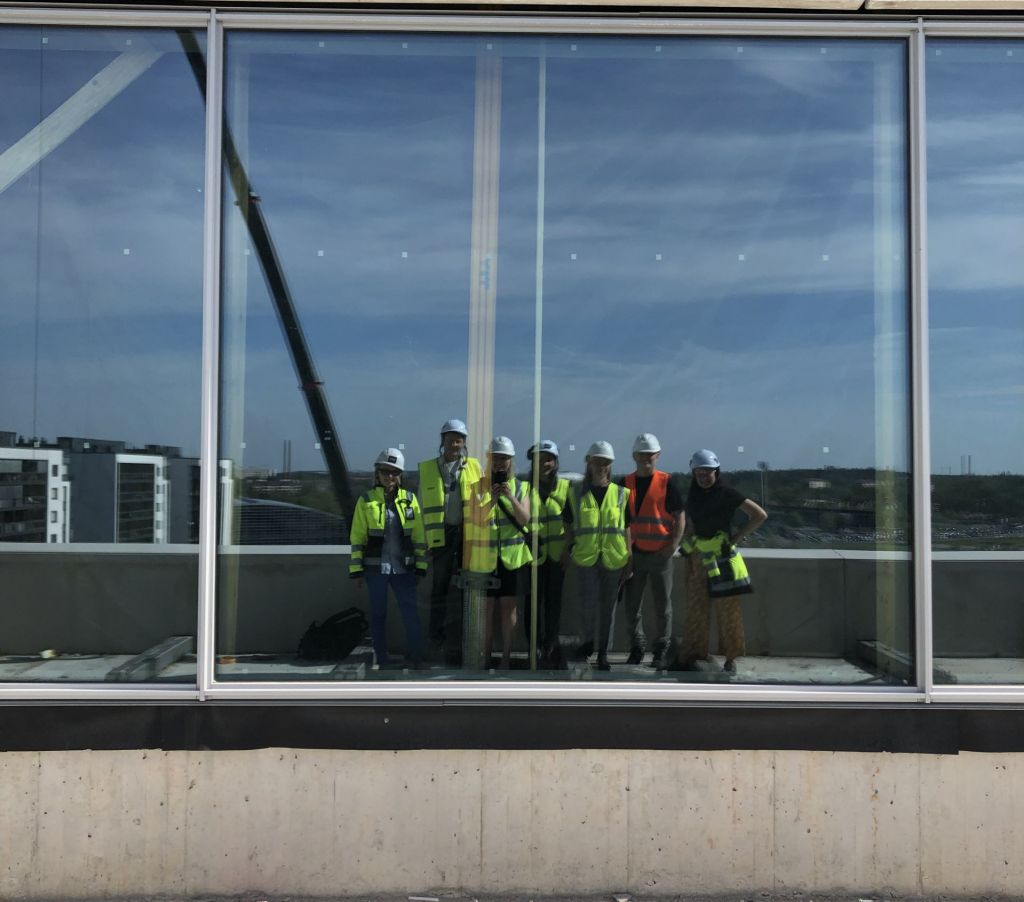Public art projects are often complex and multistage. At the core of a public art project is collaboration between professionals from different kind of fields. You should always have a written agreement for every commission of a work of art.
It is crucial to discuss and define the roles and responsibilities in the agreement as accurately as possible: who is responsible for what and at what stage. Issues to be agreed are for example, who is responsible for verifying the strength of the structures, the installation and lightning of the work of art. The agreement includes everything from start to finalized artwork.
It is extremely important to have a written agreement on what has been agreed. It is easier to refer to a written contract than to an oral one.
Artist’s role is of course to design an artwork that can be implemented. Artist is responsible for understanding that public artwork should be relevant and responsive to the site. Artist must share their idea for a public artwork with others since public art is for the people. It’s also artist’s responsibility to communicate both ways with the client and be ready to answer any questions creating the artwork in the specific site might raise. As an artist creating public art, it is essential to keep an open conversation about your project with client and other professionals relating to the project.
Commissioner’s role is to provide the artist the adequate information needed to design and implement the work of art. Construction site responsibilities include having a construction consultant who oversees the planning and implementation of the project. A head designer, who is responsible for following the implementation of the overall plan, is usually the artist’s key contact person. In some projects, commissioner might use an art coordinator to coordinate the processes related to art within the construction project. A project manager or art coordinator makes sure that practical operations run smoothly and is in contact with the artist for issues about installations, surfaces and work that needs the use of a specialist.

At the heart of a public art project is cross-sectoral collaboration. This is why public art projects require good skills in communication and cooperating from artist. It is important to make sure that everyone share the same goals and understanding in achieving them. Listen carefully to the client/commissioner and do not hesitate to ask for details.
In public art projects, the wishes and interests of different parties may overlap. Respect and good communication between all parties goes a long way. If you disagree on something, prepare arguments to show up your point of view. Be flexible and ready to compromise, but remember to bear in mind your own artistic goals.

Sources:
Comissioning Guidelines. Public Art Online.
Managing Public Art Projects – A Handbook for Artists. Public Art Online.